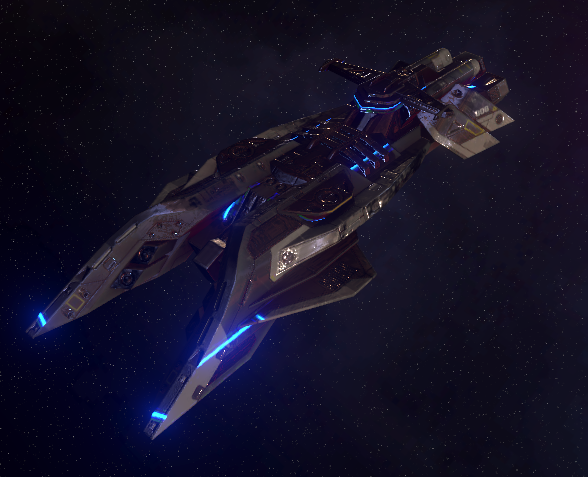The end of any era is always the start of a new one.
First of all, we have a lovely new DLC for your perusal. The Neinzul Abyss is hands-down the largest and most impressive piece of DLC that we’ve ever made, and it’s larger than a lot of standalone games. Its store page explains it better than I can here, and with pictures and everything, so if you’re curious, I hope you’ll stop by.
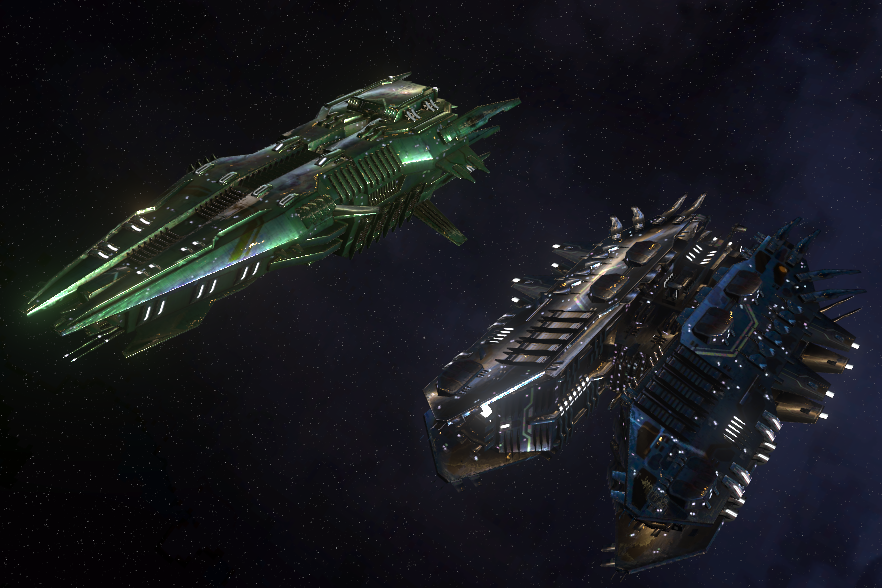
About This DLC’s CreationThat DLC was the product of a year of work by a really dedicated core team of folks, and an even larger extended team of testers. The core folks from that group are joining me later this year on another project that is not yet announced, but it provides a sort of happy ending capstone to all of the stress and work of this particular game’s six-year history. I can’t talk about that a whole lot yet, but I am planning on updating the company history novella to include the AI War 2 period hopefully sometime before the end of 2022. I hope I can do their contributions justice at that time, but in the meantime we have the credits, the release notes, and I’ll say a few things here.

The Necromancer’s OriginsThe original concept of the Necromancer was “just this little side thing” that Badger had cooked up as a way to give his dad more to do when they were playing multiplayer together a year ago. This is remarkably similar to how I saw the original AI War: Fleet Command as this “little side project” for myself back in 2008, so that my dad and uncle and I could play it together.
The necromancer has grown for the past year, with multiple major revisions, I think three separate design documents, and a huge injection of creativity from others. Puffin was the one who suggested we be able to capture guard posts with the necromancer, and I can’t imagine the faction without it now. Zeus is the one who came up with all the detailed unit balance, and in particular things like the Totems and Orbs.
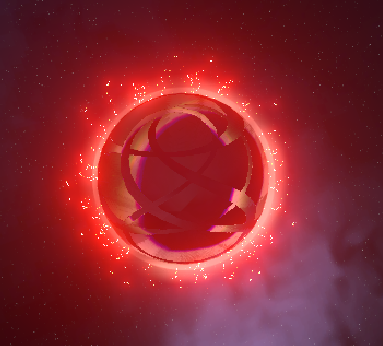
Echoes Of The AncientsOriginally this DLC was going to be much smaller, and it was going to have some other key features in it — vassals, most notably. We were also planning on doing a DLC4, which would have been called Echoes of the Ancients, and it had a logo and internal Steam setup and everything. StarKelp and Democracy were brought on specifically for DLC4, and Zeus was meant to be a part of both.
I think that the ideas that we cut were ones that were good — the vassals, if we had really gotten them fully implemented, would have been incredibly cool. But ultimately, what happened to these two expansions is that we cut out everything that was merely good… and what remains is only what is great.
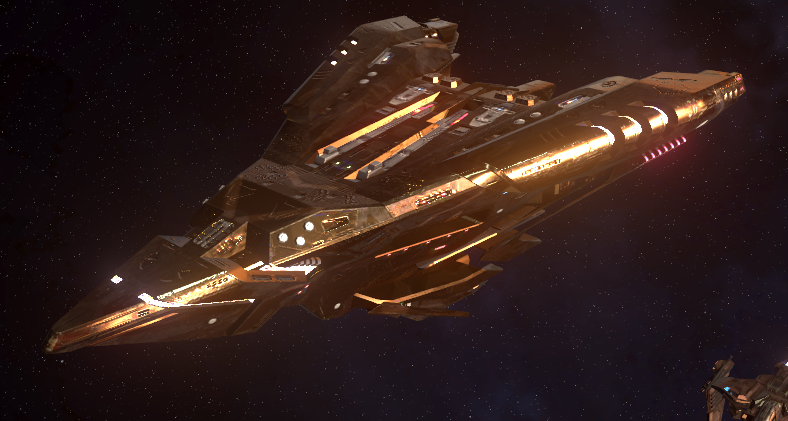
“Chill” Factions Also Deserve A Look!There are so many factions in this DLC, and I feel like some of them — most notably StarKelp’s — are really getting kind of overlooked in the excitement for the Necromancer, and the challenge of the Venators that the AI has now, and things like that. But what makes me happiest about his factions are that they are… not universe-devouring.
I specifically wanted a larger population of factions that players could turn on and coexist with, and either interact with them or ignore them. Factions that are individually unique and interesting, but which don’t just completely take over the entire game’s meta by their very presence. I feel like that’s a bit what the Zenith Architrave can sometimes do as part of DLC2, and it’s what the Zenith Dyson Sphere does in the base game, and the Spire Spheres in DLC1 (which were also an addition by StarKelp in the last few months).
I have vague memories of playing Star Control 2 when I was a kid, along with later games that were more strategic like Master of Orion, and one of the things that stuck out to me in all of them were… the interesting neighbors who fit the above description. They existed, they were interesting, they were sometimes threatening or a problem, but they also just… were. These factions may not be as high-profile as the Necromancer, and I do indeed get why, but I hope that you’ll try out some games with four to six relatively chill factions turned on and see what happens. To me, with that sort of thing, the sum is greater than the parts.
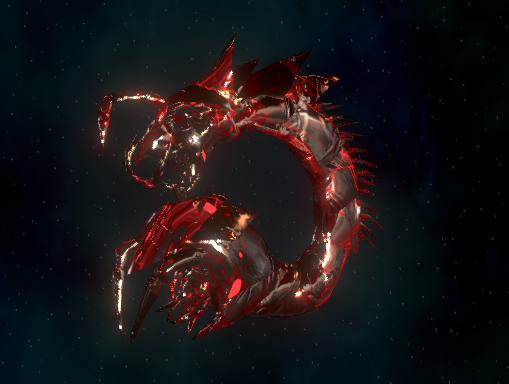
About The New UnitsOn unit design, Zeus continues to amaze, I need to also be sure to point out. He was instrumental in DLC2, and you have him to thank for the cruisers, among other things. He and CRCGamer both really knocked things out of the park in DLC2. I wasn’t sure how Destroyers could really hold up to Cruisers, since by definition the latter seems like it would be more exciting. However, by combining in the orbital mechanic and the new Wards that he came up with, the Destroyers absolutely hold their own.
We had a number of surprise additions in unit design from Tadrinth (way too many to mention, but the new AI Eyes are certainly one standout) and from SirLimbo (the Brutal Guardians are most notable), and that really rounds things out. Both SirLimbo and Tom Prince did a lot of programming assistance as well, ranging from bugfixes to mechanical additions to quality of life and tooltip bonanzas. Oh — heck, ptarth also has had a number of items lately in there. There’s so many people! I’m very grateful.
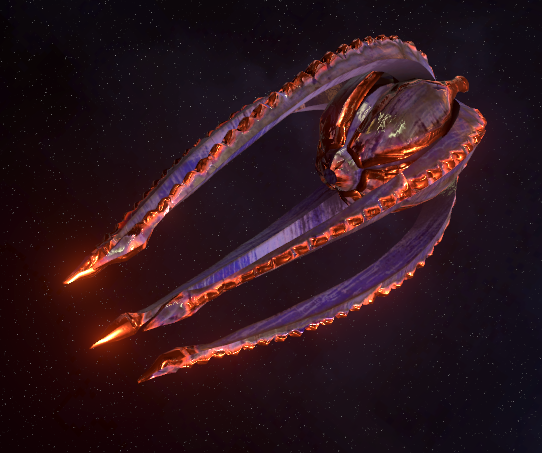
Last Thanks For This DLCThere are so many testers to thank, but for the last of the production team I want to thank two more people. Sigrun Edelmann did a fantastic job with the skeletons and wights for the necromancer, which were a very challenging set of concept pieces, and helped set the tone for the rest of the art for those factions. And finally, Democracy did a lot of concepting in partnership with StarKelp, quite a lot of writing (some of which is going to be coming soon to the encyclopedia in-game, actually), and also did the beautiful and informative treatments on the DLC3 store page and the newly-expanded-DLC1 store page.
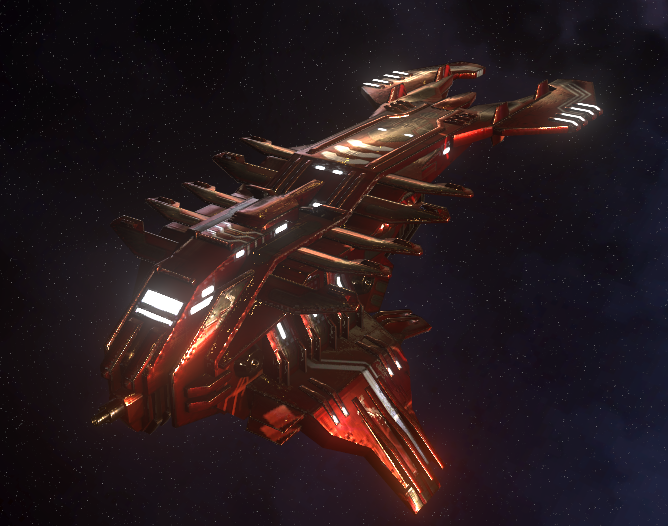
Multiplayer!Hey, multiplayer has finally lost its beta status! I am sure that there will still be bugs that crop up that need looking at, so please feel free to still use our bugtracker to report those. In general, though, we seem to have a grown number of small groups who are playing and not having any issues that are too serious (or play without any issues at all).
One reason I can’t just claim it’s absolutely squeaky-clean is the niche nature of the multiplayer (it’s a much smaller set of players than the main playerbase) paired with the pretty intermittent nature of issues that are found. This game is incredibly massively multi-threaded, and has a huge volume of data that is synced in a time-sliced fashion across the network, and most issues result from one of those two things. Either some particular data gets a bit stale on the client after 45+ minutes of playing, or threads clash in a client-specific way that we are then able to patch with one or two lines of code as soon as we have a report.
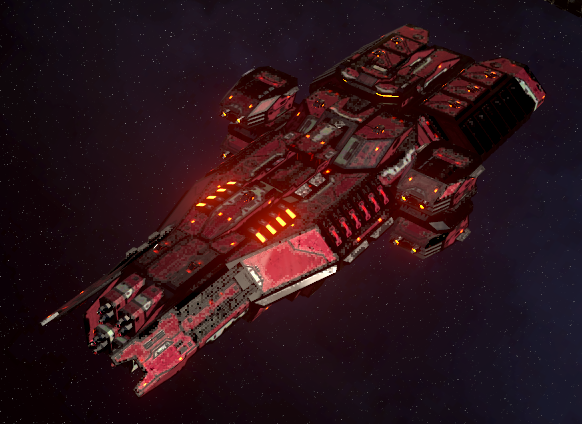
Support For This Game, In GeneralThis is the end of the era of us developing the game AI War 2 on a fulltime basis (well, fulltime in my case), and of us working on new features for the game.
However, this is the happy kind of end of an era. I can’t tell you how frustrated I’ve been with some comments over the years from people who wanted to “wait until it was finished,” which I never knew how to take. AI War 2 has never been a “live service game” (ugh, gross), but it is a living game like… well, like Dwarf Fortress or something. I would argue that Dwarf Fortress was “done” a decade ago. It had a huge amount of content, you could play it for hundreds of hours… that’s a completed game. Minecraft was also complete like 10 years ago. But both of those games have been getting content and bugfix updates for a decade, despite being “done,” and I see that as a positive thing with sandboxy type games, rather than as a drawback. To me, that’s where I’ve seen AI War 2 as existing since… let’s say 2019, at least.
Anyway, the important thing is that we aren’t just running off into the night and leaving you with whatever unknown things pop up. If there’s some notable bug that only rears its head on a specific machine a year from now, then we’ll still set aside time to fix it. The really minor nits are getting less attention now, but there’s still going to be at least weekly new builds for the foreseeable future. What that vague statement means is really entirely dependent on how engaged the playerbase is. If we’re not getting any reports of note to fix, we won’t just make up some extra work to do. But with all this exciting new stuff out, I don’t see that being the case.
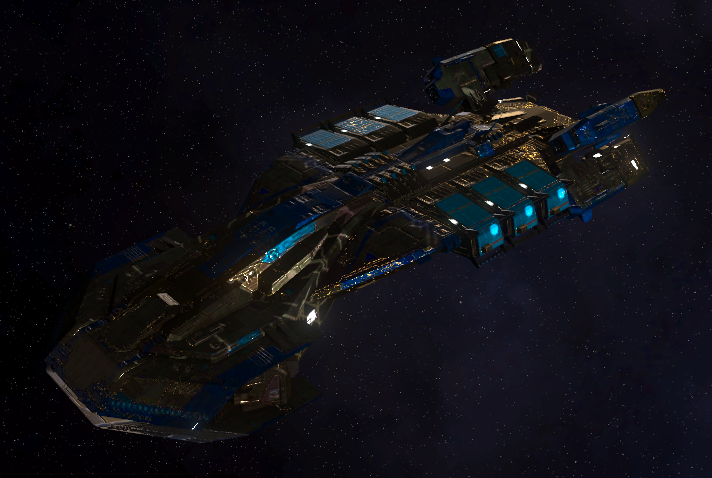
I think that this is sort of the realm that Factorio lives in these days? I understand there’s a giant paid expansion on the way for that game, but if we ignore that it seems to be a game that just gets fixes now for the most part, and then is the domain of modders beyond that. Factorio is far more popular than AI War 2 is or ever was, so things will look a bit different, but overall those are the sort of role models I look to when it comes to long-term support for games. The original AI War had quite a lengthy post-any-DLCs period of legacy support, itself. So this is pretty familiar, in that regard.
TLDR: Please do not be alarmed, please do not consider the game “dead,” but please also be patient as some bugs may take more like a week to fix instead of a day as they were in the past. (The interplay between a game being “dead” or “complete” or “alive” versus “unfinished” is a very murky issue that gamers in general cannot seem to agree on, and I do see the dilemma. But that’s a whole other topic).
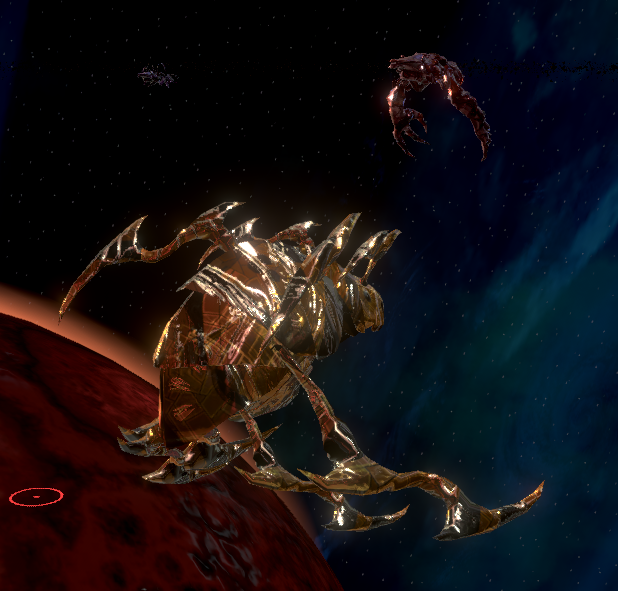
What Is Next For The Arcenverse?Right, so we have this big interconnected sci-fi multiverse that spans a whole lot of our games (but not all of them). We’ve had a long run of titles directly in that multiverse, and at the moment it’s time to take a little break.
We are going to be working on another title (in fact, it’s already in progress), but it’s not set in the Arcenverse and isn’t related to the ongoing storylines of humanity, the AIs we created, the last Hydral and its friends, or any of that crew. This is instead a new and self-contained IP, which is a refreshing change for the moment.
I expect that we’ll next return to the Arcenverse sometime in the next 3-4 years. Whether that is for another large project like AI War 2, or whether that’s on something smaller like Calling The Rain, I don’t yet know. That latter title is a concept that was intended to be a solo project for me to complete in about a six month span, and it’s set in the final days of Earth around the same time period as Bionic Dues or In Case Of Emergency Release Raptor, but for now that one is on hold while we pursue something more interesting as a larger group.
There are some other interesting developments regarding the Arcenverse that might pop a bit sooner than the next mainline game, but it’s still early days on that front and so you’ll just have to wait and find out, for now.
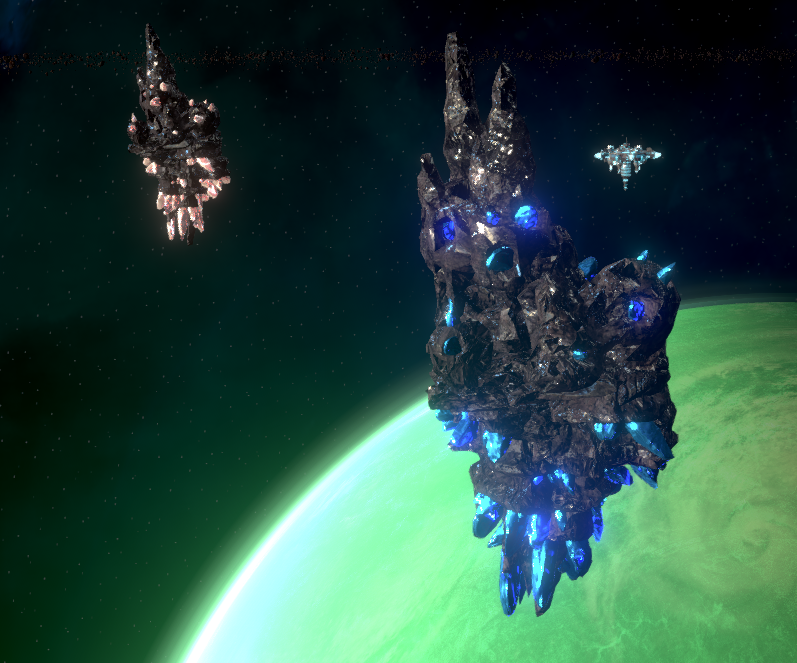
So How About A Project Retrospective?Oof. It’s awfully early to do a postmortem, because the project certainly isn’t dead. I’ll be very curious to see how things play out over the next 6+ months in particular. Most notably, how much more intensely modders might get into this now that we’re no longer such a moving target for them.
That said, I do get asked a lot of these questions, recently in particular, so how about a bit of a Q&A instead. I’ll be on a couple of podcasts in the next month or two to talk more about AI War 2’s conclusion, so you’ll be able to catch more then, also.
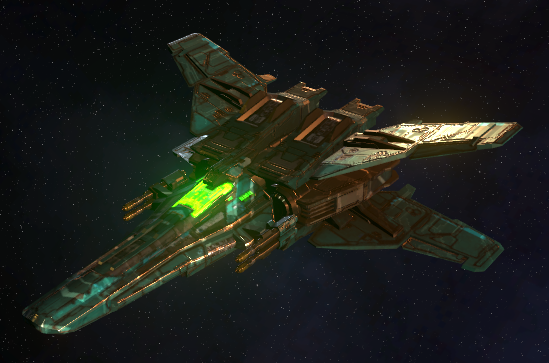
How Do You Feel About Kickstarter Now?I believe I said in an interview in 2012, “I’m glad kickstarter exists, but I hope I never have to use it.” In 2016, I put aside my reservations and wound up using kickstarter as a way to try to save staff from losing their jobs (Keith, Blue, and Pablo).
My verdict? It was a terrible idea. The kickstarter generated about $116k gross (factoring in backerkit and direct paypal pledges), so something like $90k net, I suppose. This amount of money goes by fast. If the original design we had started with for the kickstarter had worked out perfectly, then it would have been fine. But that’s not at all how things went.
Once you’ve done a kickstarter, you’ve taken people’s money. An in some cases, a lot more than what exchanges hands for, say, Early Access. So you are absolutely on the hook for what you said you’d deliver.
My personal experience was that I found myself in an untenable situation. I could either do things I didn’t want to do, and lose a lot of money in the process, or I could break faith with those backers. Either way, someone was going to get screwed, pardon my french. I think that we can all point at lots of kickstarters that were a shambles, and where the backers got royally hosed.
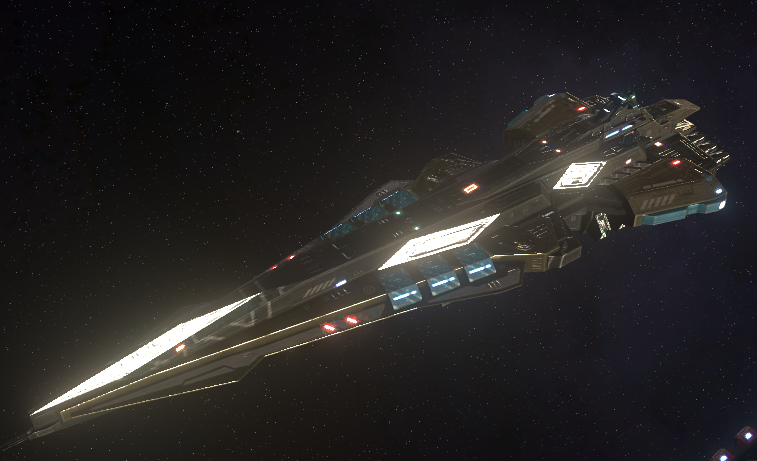
I took the opposite route, because I was able to and felt that it was important to do so. However, I hope that nobody holds up AI War 2 as a kickstarter “success story.” It is absolutely a horror story, and the only reason you have this awesome cool product is because I did a lot of financially-inadvisable things to make it possible, and put in a really insane number of hours, AND I had a huge amount of help from “volunteers” like Badger and Puffin who came into the project and then spent way more of their time than they had originally intended because it was interesting work, and they knew I was struggling and wanted to help.
In general, AI War 2 has cost me a lot in lost wages from if I had been doing something else, and I have several hundred thousand dollars fewer in assets than I did prior to starting the project. If it hadn’t been for all the free help, and I don’t just mean Badger and Puffin even though they are the most voluminous cases, you could probably triple or quadruple that loss, or just take a much lower-quality game. For most of the last four years, I have felt like I’ve been in indentured servitude, in a very real sense.
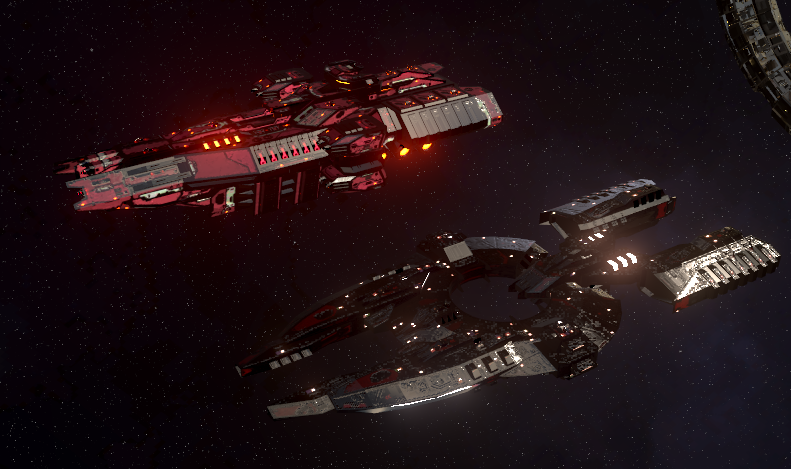
That Sounds Very Negative. Why Keep At It, Then?Well, okay. Financially, this was a big hole that just kept sucking in money. And gameplay-wise, this has been the most challenging project I’ve ever worked on, although it was a great learning experience. Part of me absolutely hates this project and the process I went through to bring it to fruition, but that’s not remotely the whole story.
This game is a freaking technical marvel. From the standpoint of code architecture, multi-threading, and even networking, I have never been so challenged in my professional life. And I loved that. The gameplay was a passion project for various others, most notably Badger, but for me I was passionate about the tech to make it happen. (Well, and also about cracking the mystery of making a sequel to my greatest hit, as I discuss further down).
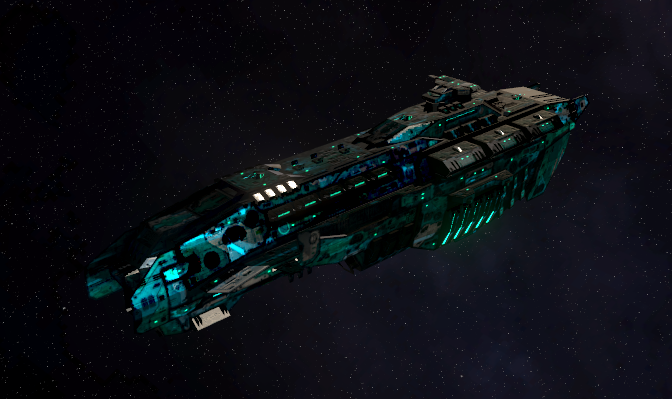
MultithreadingThere is some genuinely novel stuff in this game (I think, anyway) under the hood to make it all go. If you have a suitably large enough campaign, and a 30-core computer, I’m pretty sure my technical framework here can put it to use. The question of how to multi-thread a linear process has been at the forefront of computer science for the last few decades, ever since Moore’s Law started slowing down for individual cores. The original AI War 2 was multi-threaded for the AI itself, and Stars Beyond Reach had a pretty cool threading model that was leagues ahead of any other 4X titles I’ve seen. But AI War 2 takes it to the next level.
What is even more interesting to me is how layered the codebase became. There are a lot of really crazy “add on” features like the “Fireteams” that Badger coded, and those are able to do intensely complex calculations that most games would not have the CPU time for, and then they feed their information back to the main game in a mostly-non-blocking way.
Even our auto-targeting and collision logic is run in a mixture of time-sliced and multi-threaded fashion, and that has evolved over the years of working on this game.
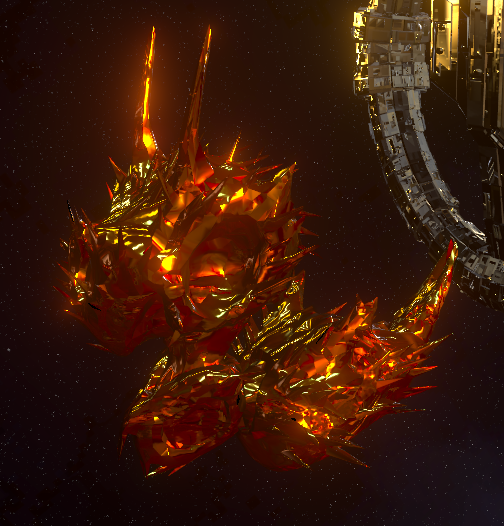
Self-Analyzing CodeWhen we started having memory leak issues last summer, I rewrote a ton of the engine to make it able to self-analyze, and to find memory leaks not just in our code, but in theoretical modder code that has not been written yet. I had realized that the level of complexity mods were reaching was such that we’d never be able to tell if some specific mod was dragging down the rest of the game or not, and that was actually true of our own official factions, too.
That was an amazingly interesting problem to get to solve. And it is solved.

NetworkingThe networking, too, was an endless challenge. This is my… I think 5th networked multiplayer game? The first one I coded on the classic principles that all older RTSes used. Tidalis then used the same network model despite being a puzzle game, but for A Valley Without Wind we had to do something more hybrid. So for that game and its sequel, Keith and I converted that to work a lot more like Minecraft does, mixed with some of the logic for games like Terraria or Counter-strike or similar.
The plan with AI War 2 was always for it to be a deterministic simulation and follow the same rules as the original AI War. Keith had that working as early as 2017. However, I kept running into performance bottlenecks with the way we were handling threading, and then divergences in sync as I tried to solve those.
Eventually I just gave up trying to maintain determinism, as I could see that the single-player experience was never going to run fast enough or be robust enough if I hobbled it with that design consideration for the sake of multiplayer. So we simply disabled multiplayer and stopped trying to maintain it for quite a while, We did keep to some general conventions that are deterministic-ish, because it makes for less error-correction in the grand scheme, but still. Something new was going to be needed.
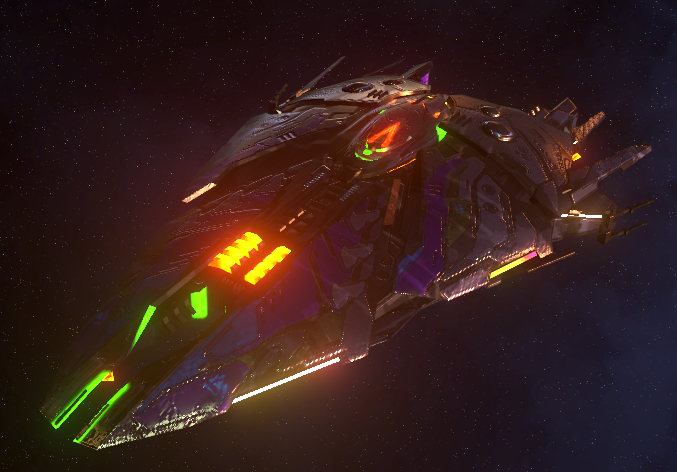
If it hadn’t been for the multiplayer side of things, I probably would have just called the game done after DLC1. So if you enjoy these last two DLCs, then please know that you have multiplayer to thank for that. The game was already a big financial loss by the time DLC1 came out, and it only got substantially more dire since then. But multiplayer had been promised, so by god multiplayer was going to be included. And we’d work on some other cool content to keep ourselves sane (and grow the game, and maybe make some extra money on the side) as we did so.
There’s a big section on our wiki about multiplayer, but the short answer is that I again had to hybridize. Under the hood, from purely a networking standpoint, AI War 2 works a bit like an MMO, of all things, but also a bit like an FPS and a bit like an RTS. It also uses a unique and highly-effective form of encoding that is smaller than gzip and doesn’t require the same CPU overhead. That encoding turned out to be very hard to debug, so there is a rich suite of debugging tools related to it, too, at this point.
A lot of the problems being solved are similar to those of fast-paced multiplayer games, so the solutions in AI War 2 aren’t exactly unique. What is interesting is that a lot of the “fast paced” data is actually coming from background threads and AIs rather than a large group of players, though. I disguise that as well as I can, but there are still moments of oddness, especially under dodgy network conditions, same as you would see with any action game. Generally those are a lot less severe than the equivalent of poking your head out around a wall, seeing a sniper, ducking back behind the wall, and being informed a second later of your death; that’s one advantage of having lots of little units rather than just one player avatar, I suppose.
Anyway, stuff like this — technical things — are most of the reason why I got up every day out of bed for the last 5+ years and worked on this project.
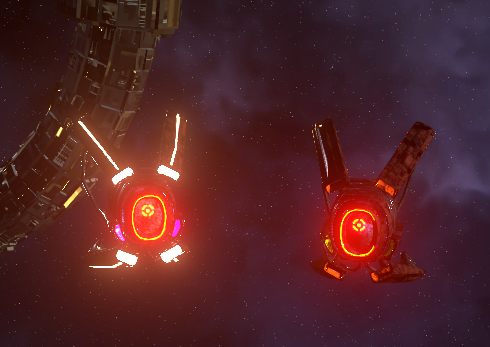
Making A Sequel Is A Foolish EndeavorIf I was only here for the technically-challenging things, it would not have taken nearly five years. The rest of the time was… all of us who worked on this project… trying to top the original AI War in every way we could.
The problem is, the two games are fundamentally different at a low level. There were certain design choices that made the first game hard to expand past a certain point, and so that it could only have factions of a certain complexity. But also, certain choices in the design meant that even after FIVE HOURS of introductory tutorials, players were still feeling like they were lost.
The original AI War has netted just under $2m at this point, which is frankly insane to me for a game with such a steep learning… cliff. The reasons that people love it are, unfortunately for us working on the sequel… not uniform. This is one of the things that makes a sequel so challenging.
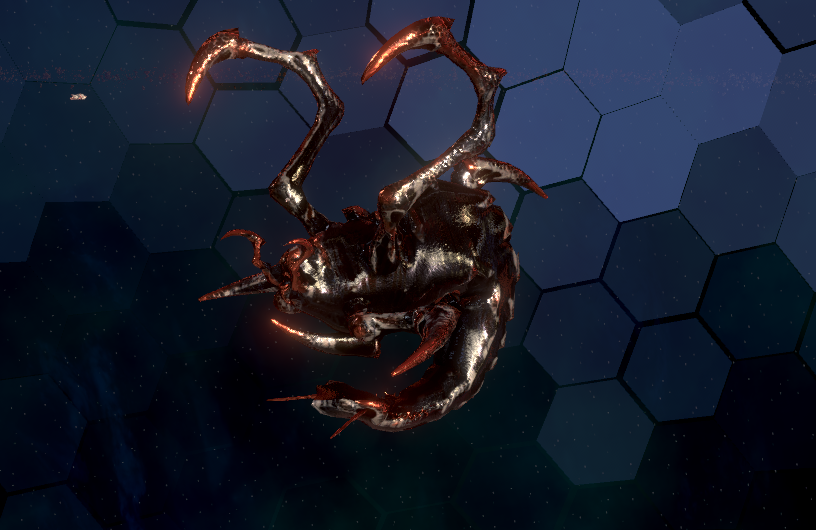
It’s A Question Of IdentityAre you a fan of Zelda? That must mean that you love Breath of the Wild, right? After all, that’s a genre-defining once-in-a-decade sequel right there. Well, I love BotW, but I also see the point of the people who hate it because of its lack of traditional dungeons. “What is a Zelda game” means really different things to different people.
The same was true when we made A Valley Without Wind 2, and it has been even more true with AI War 2. The tactical layer in AIW2 is notably less robust than that of its predecessor, but the strategy layers are notably more robust as well as accessible. This was the goal, although it took an awfully long time to get there and a lot of help from a lot of people. This shift in focus brought in a lot of people who had bounced off the first game, as well as pleasing many fans of the first game in a new way. But for another subset of players, this sequel will forever be “not AI War enough” for them, by whatever their metrics are.
A lot of the last five years has been spent listening to fans, and trying to figure out if we could adapt just one more piece of the classic game into the new one. If we just tweak X, will that be make the onboarding easier for new fans, while still satisfying existing ones? If we tweak Y, can we dazzle folks with this thing that was never possible in the original, and get away from apples to apples questions in the first place?
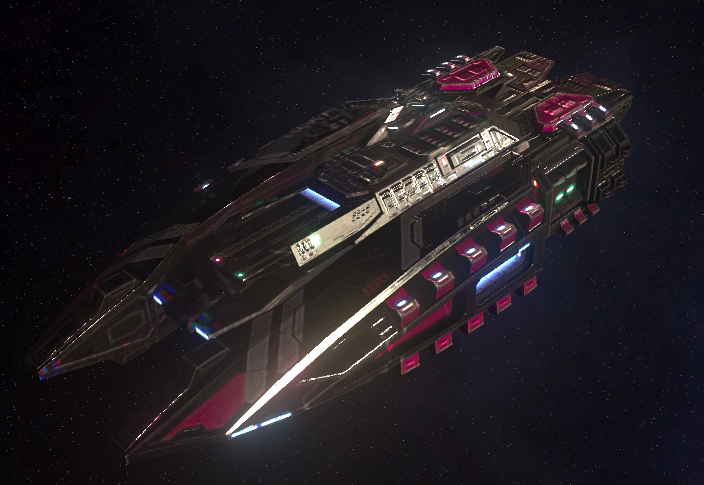
Classic FusionPuffin has been working on a giant “Classic Fusion” total conversion mod for AI War 2 that is apparently going to release in the next couple of weeks, and it has a different answer to many of these questions than my and Badger’s concepts in the main game wound up being. I know Democracy and a few other folks have been testing that, and really enjoying it, and I’m really glad to see that things like that exist. Specifically I know that for Puffin, the tactical side of things mattered a lot more to him than it did to me.
He’s been working like a madman on this total conversion for about two years now, and I think he’s thoroughly tired of it, so shortly after it comes out, it sounds like it will be handed off into the care of the larger community. I suppose it will be ironic if eventually that is the preferred way to play the game, but I certainly won’t mind it if that’s true. I also don’t know if that will be true or not; we’ll find out! It’s not a competition, anyway. It’s more about what scratches specific itches for specific players.
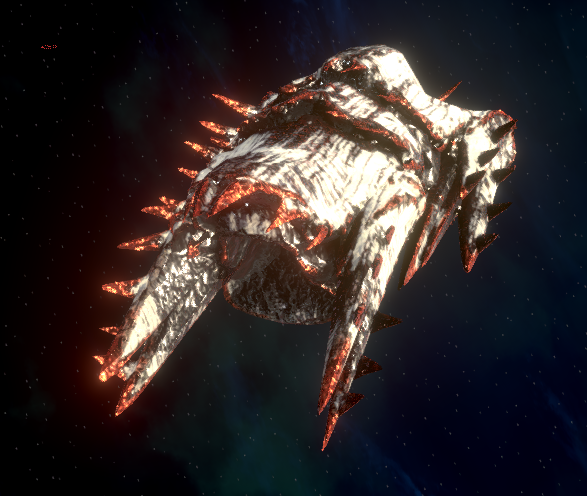
More Total Conversion Mods?Beyond Classic Fusion, it will be interesting to see what other large-scale mods, or indeed what other total conversions, might arrive. At this point, AI War 2 is as much an engine-for-strategy-games as it is a single strategy game, but it’s nontrivial to learn. AI War, the original, has had a pretty decent long life in its post-DLC6 age (that was in 2014). I’ll be curious to see if AI War 2 has a substantially longer shelf life due to its modding platform.
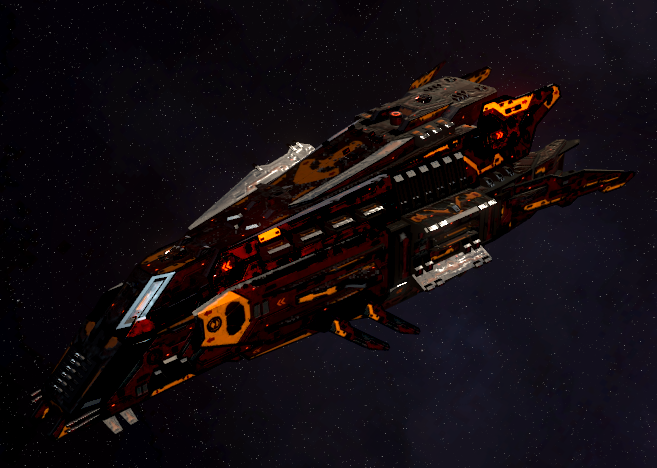
Spiritual Successors!I think that going the “spiritual successor” route is almost always going to be a bit better these days. I really enjoyed Deathloop, which is in some ways related to the Dishonored games, but doesn’t have the baggage of trying to “be Dishonored AND be Deathloop.” Bioshock was free to be itself, and not also have to include the full entirety of System Shock 2 in there. Everyone is still trying to remake System Shock 2, or make a proper successor, and I feel a lot of kinship with the folks engaged in that; AI War, the original, has been my own personal white whale in that same sense.
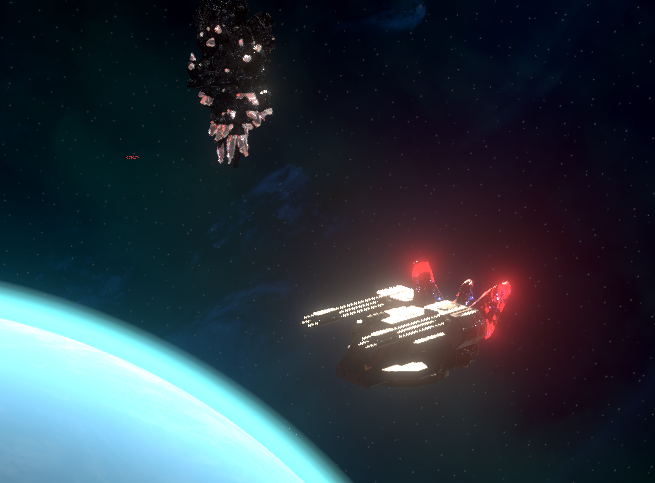
Yet Direct Sequels Do Teach YouStill — even though AI War 2 is not a perfect successor to all aspects of the original AI War, same as has been the case with the Total Annihilation series, the Fallout series (multiple times), or many other notable franchises… the pursuit of that white whale has been an incredible education for me personally.
After making the original AI War, I thought I understood why it was good. But I was worried I didn’t. It turns out I was right on both counts. After making AI War 2, my thoughts about both games are a lot more nuanced and informed, and I will always be very grateful to this game for that education. It was torturous at times, but there was a lot about myself, about game design, and about player mindsets in general that I couldn’t have learned any other way. This has been a very hard project, but even as it was under way I could always tell how much I was learning from it.
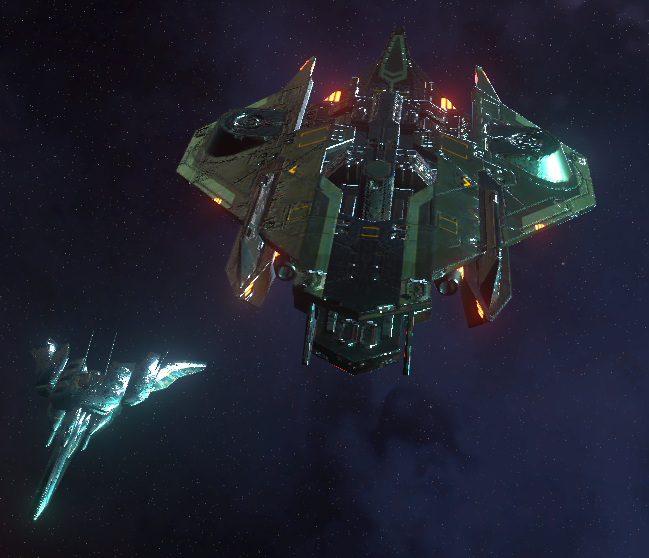
Thanks For All The Fish!It’s been really rewarding to see so many players come and go over the last six years with the game, and to gradually temper the final product to be something that has so many options (campaign types and otherwise) that hopefully it satisfies most of the people most of the time, while still providing dozens or hundreds of hours of entertainment in a more accessible way.
Internally, Badger and I and the others are of the mind that this is now definitively bigger, definitively better, than the original. There will always be some folks who prefer the original X-Com, but being able to bring intellectually-challenging games to a wider audience has value. Especially if players can start one way, with one level of challenge, and then keep turning up the heat in various ways as they head down the rabbit hole.
This project has been a meeting of minds and hearts, both in terms of the production staff involved with it, and the players who have helped us shape it. Thank you to everyone who has been a part of this ride. That part of the ride is now over, but I have every expectation of a long and fruitful legacy ahead of this title.
Very Best,
Chris M. McElligott Park and the rest of the Arcen crew!
